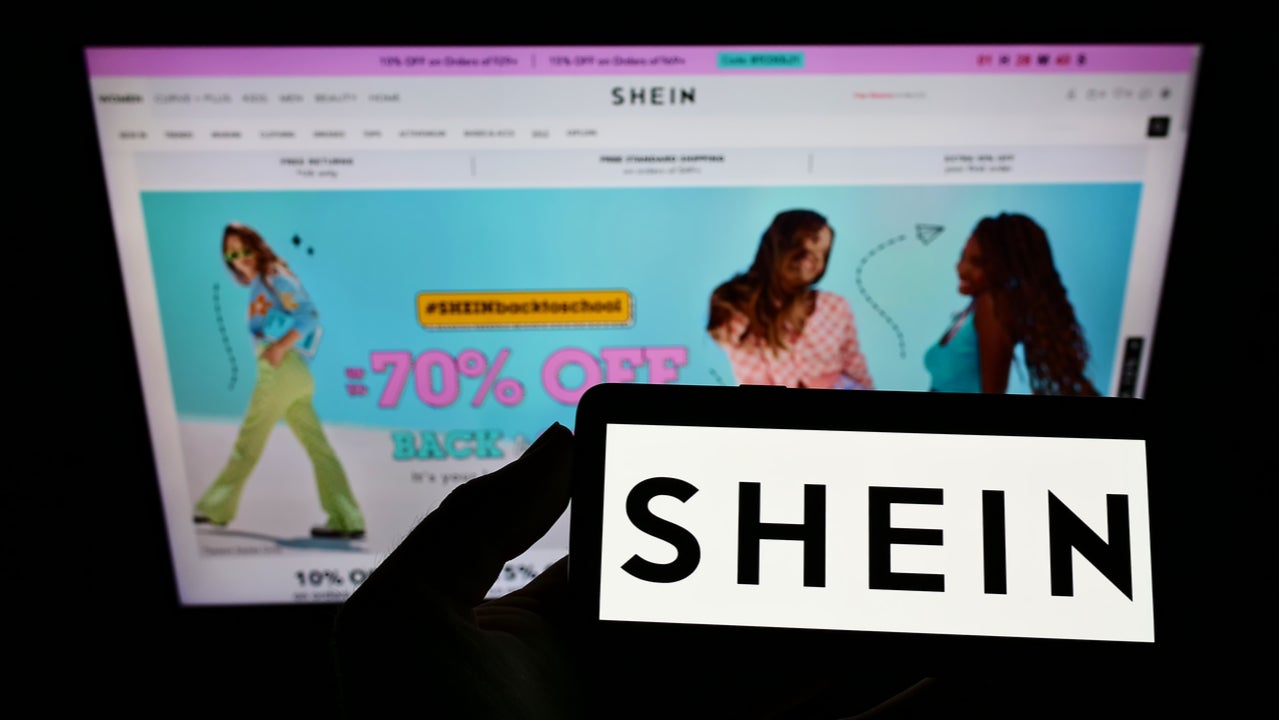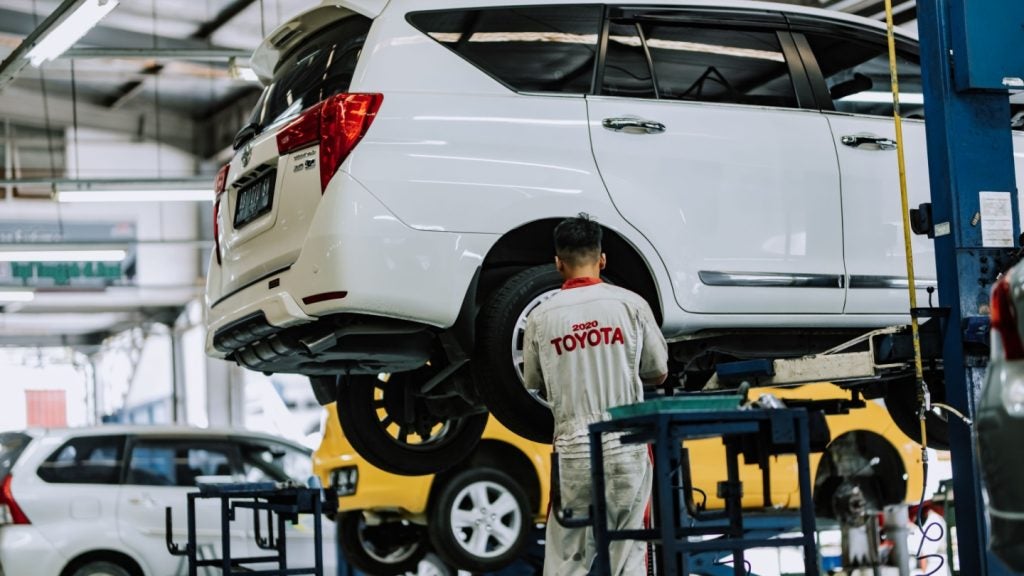Shein has no physical stores. Standard shipping can take several weeks. Zara has accused it of ripping off designs. And yet, despite this, Shein secured a valuation of $100 billion in April—more than Zara and H&M combined.
One of its biggest points of intrigue is how it is so successful among a generation more concerned than ever about ESG and the harms of fast fashion. In a challenging macroeconomic climate, it appears to be Shein’s flash sales and other price incentives that are winning over consumers.
The price incentives underlying Shein’s success
There is a lot that Shein is getting right. Its flexible supply chain responds well to demand, with items produced in larger quantities only when demand for them has been proven. This, as well as its absence of physical stores, results in low inventory costs for the retailer.
Shein’s marketing strategy makes good use of TikTok and Instagram influencers and has successfully promoted the #sheinhaul¬ trend—where consumers buy in bulk from Shein and record their hauls when they arrive. Its collections have been praised for being size inclusive and fashionable, with Shein’s designers actively monitoring the latest trends among influencers, rival retailers, and the runway.
Its smartphone app is easy to use and was one of the most downloaded shopping apps in the US in 2021. Its daily check-in feature encourages users to visit the app to build up a streak of consecutive days, rewarding them with points that can be converted into product discounts. Furthermore, the algorithm constantly promotes items from its vast range that each user is likely to purchase based on their search, viewing, and order history.
And, of course, Shein’s unbelievably cheap prices are a key selling point for consumers facing an ever-increasing cost of living, making purchases worth the risk of being of poorer quality than expected. On top of this, Shein holds regular flash sales where items become even cheaper for a limited period. The urgency and time pressure mean customers are compelled to make the most of these rock-bottom prices, with very little to lose.
How well do you really know your competitors?
Access the most comprehensive Company Profiles on the market, powered by GlobalData. Save hours of research. Gain competitive edge.

Thank you!
Your download email will arrive shortly
Not ready to buy yet? Download a free sample
We are confident about the unique quality of our Company Profiles. However, we want you to make the most beneficial decision for your business, so we offer a free sample that you can download by submitting the below form
By GlobalDataA host of price incentives means that the more items users buy, the more money they get discounted. Users can uncover vouchers that give larger percentage discounts for a larger order total, accumulate points and discounts through the daily check-in or by leaving reviews, and advance their account through different levels (and discounts) by purchasing more items.
How long can the momentum continue?
By now, alarm bells should be ringing. If prices are dirt cheap, surely this implies that workers along its supply chain are facing exploitation and unfair wages? Indeed, Shein has faced allegations since the end of 2021 that staff are working 75-hour weeks. However, it seems that the low prices are more an incentive for consumers than a deterrence. They have even been key to customers’ defense of Shein in light of accusations that it has been copying Zara’s designs, with customers relishing in being able to purchase trendy, Zara-esque garments for a far cheaper price.
Meanwhile, there are also environmental concerns surrounding the lack of transparency of Shein’s supply chain and its environmental impact. The EU has proposed a strategy to crack down on the environmental damage from fast fashion by requiring clothes, furniture, and smartphones to be longer-lasting, eco-friendly, and easier to repair. It also intends to scrutinize companies’ sustainability claims to expose greenwashing. Furthermore, fast fashion and throwaway fashion culture may continue to come under the strain of more sustainable practices like renting outfits or using second-hand marketplaces.
However, since the popularity of these practices is being bolstered by the generation that’s also propelling Shein’s success, consumers may continue to turn a blind eye to Shein’s potential ESG crimes as long as the demand remains for cost-cutting apparel.







